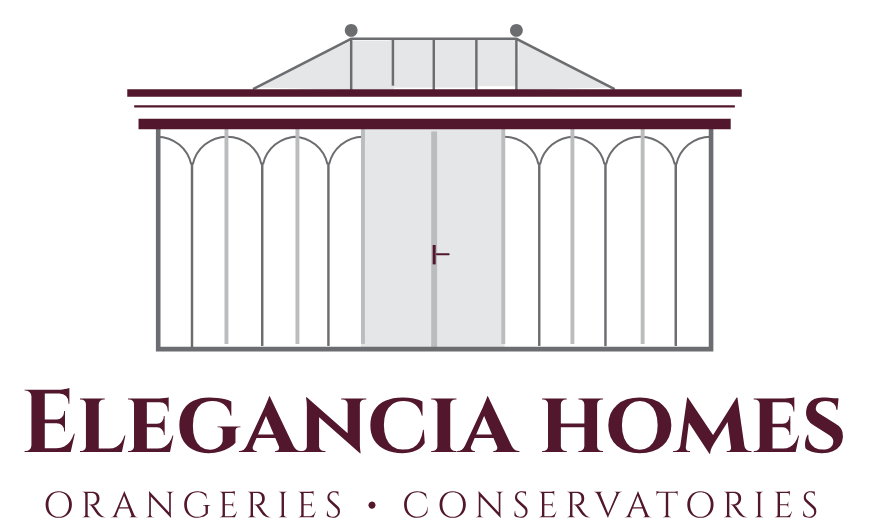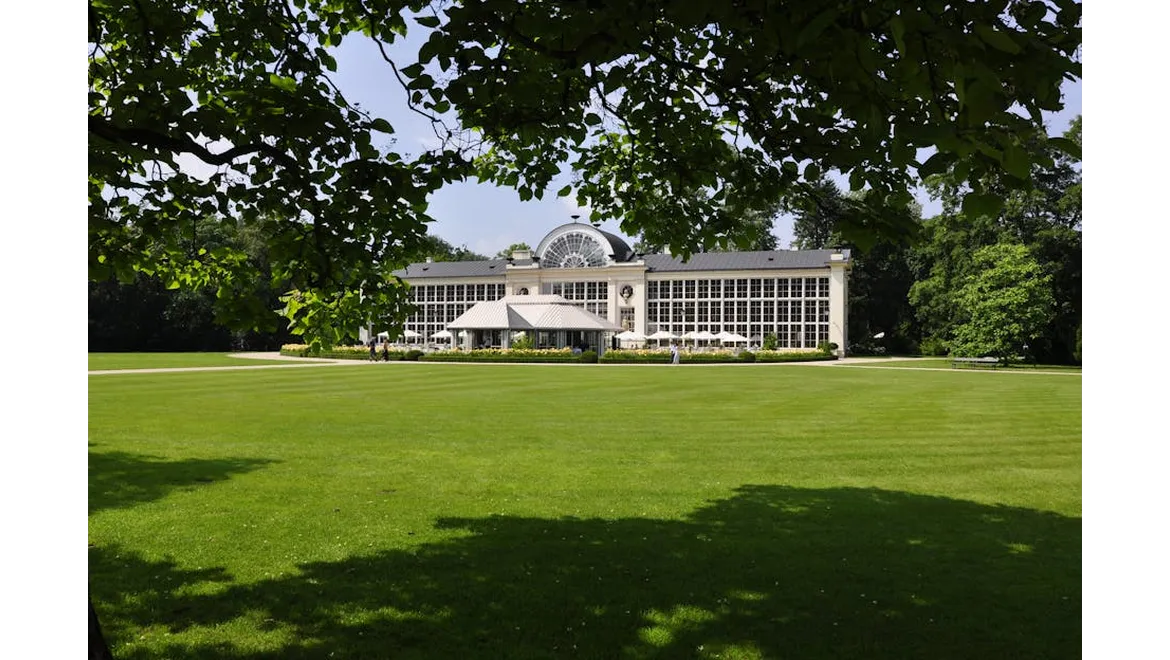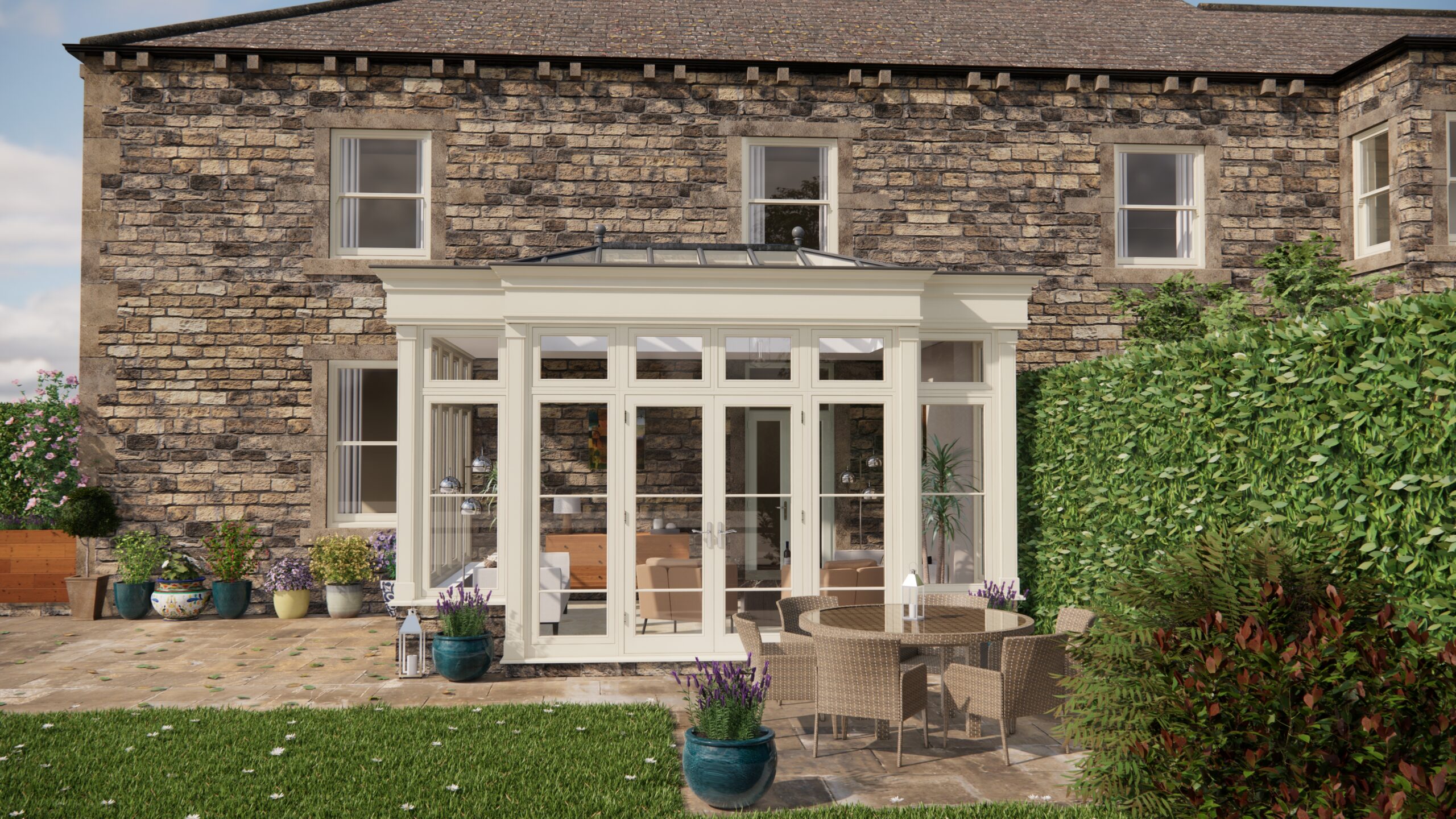Right, let’s talk orangery glazing. It’s something I’ve wrestled with on numerous projects, especially when dealing with listed buildings. It’s not just about pretty views; it’s about respecting history, navigating regulations, and creating a space that’s comfortable year-round. I’ve seen orangery glazing go from a nightmare to an amazing asset, and that’s because there is the potential to be sympathetic to older buildings, whilst enhancing performance and comfort.
The Listed Building Maze: Planning and Performance
Firstly, if you’re considering an orangery on a listed building, prepare for a conversation – a long one – with your local planning authority. They’ll scrutinise every detail, ensuring the new structure complements the existing architecture and doesn’t detract from its historic significance. This is where glazing becomes incredibly important. We’re not just slapping any old double glazing in there. We’re talking about carefully considered options that balance aesthetics with performance. I’ve learnt the hard way that early and clear communication with the planning officer is critical.
Glass Types: A Performance Balancing Act
The type of glass you choose dramatically affects the orangery’s usability. In the UK, summers can be sweltering and winters freezing. Here’s a breakdown of some of the options I often consider:
- Low-E Glass (Low Emissivity): This is almost a no-brainer. It reflects heat back into the room in winter, reducing heat loss. In summer, it helps keep the heat out. Crucially, modern low-E coatings are virtually invisible, so they don’t compromise the appearance of the glazing.
- Self-Cleaning Glass: This can be a godsend, especially for large or difficult-to-reach panes. It has a special coating that breaks down dirt and grime, which is then washed away by rainwater. It’s not perfect, but it reduces cleaning frequency significantly. Self-cleaning glass can require an activation period to work at it’s best. Check the specific product details before purchasing.
- Toughened Glass: Essential for safety, especially in doors and large panes near ground level. If it breaks, it shatters into small, relatively harmless pieces.
- Laminated Glass: Consists of two or more layers of glass bonded together with a plastic interlayer. This makes it incredibly strong and secure. It also offers excellent sound insulation, useful if your orangery is near a busy road.
- Heritage/Slimline Double Glazing: This is where things get really interesting for listed buildings. These units are designed to mimic the appearance of single glazing, with very slim profiles. They still offer much better thermal performance than single glazing, but they’re less visually intrusive than standard double glazing. Some have gas-filled cavities to further improve insulation.
Making the Most of the Glazing: Summer and Winter Strategies
Simply choosing the right glass isn’t enough. You also need to think about how you’ll manage sunlight and heat throughout the year.
- Summer: Solar control glass is an option, but I often prefer a more flexible approach using blinds or shutters. These allow you to control the amount of sunlight entering the orangery, preventing it from overheating. External blinds can be particularly effective, as they block the sun’s rays before they even hit the glass. You could also think about reflective film.
- Winter: Maximise sunlight by keeping the glass clean. Consider underfloor heating to provide a comfortable and efficient heat source. Well-insulated frames are also crucial to minimise heat loss. The orangery structure needs to work in sympathy with the glazing. Think about draught proofing.
The Complete Picture: A Synthesis of Elements
Crafting a comfortable and practical orangery, especially in a listed building, requires a strategic approach. Selecting appropriate glazing is paramount, balancing thermal efficiency with historical accuracy. Managing solar gain through thoughtful additions like blinds is essential for summertime comfort, whilst ensuring minimal heat loss during colder periods is aided by quality frames. These, when used in conjunction with efficient heating systems such as underfloor heating, create the foundations for a space that is both sustainable and pleasant, irrespective of the season. It is essential to consider the orangery as one complete system, with each facet aiding and supporting the overall structure.


